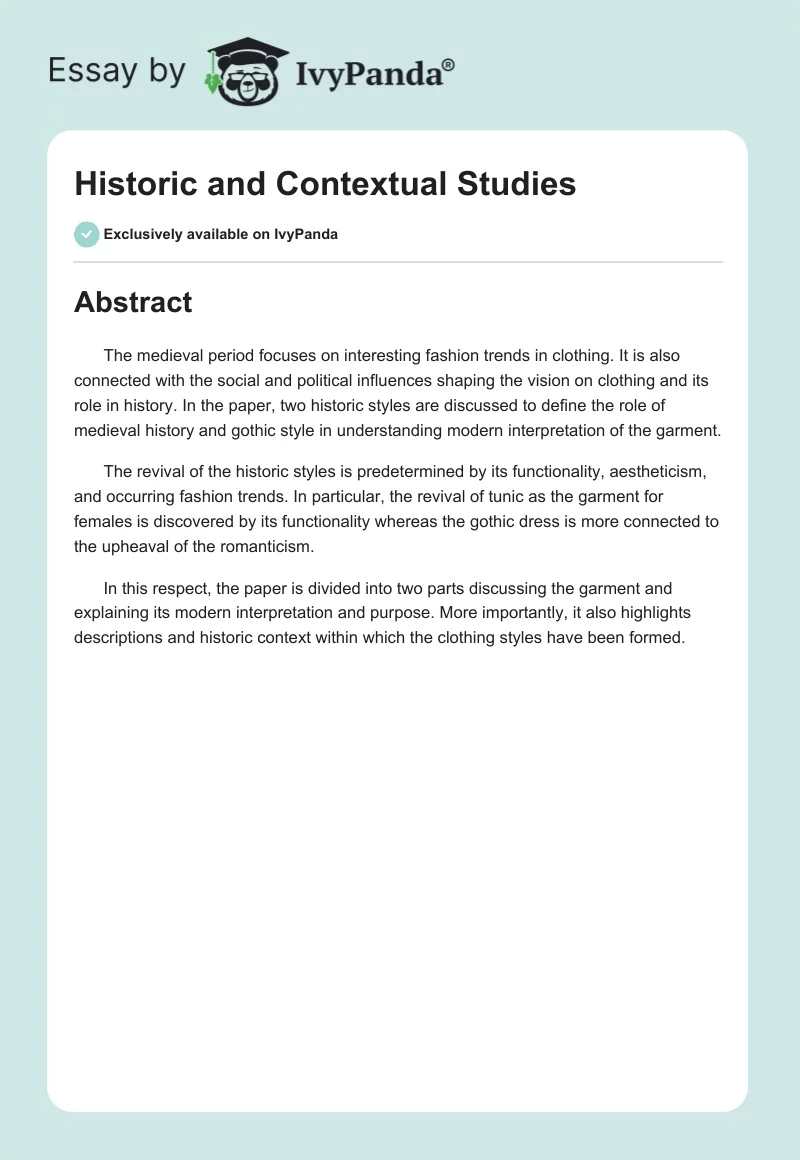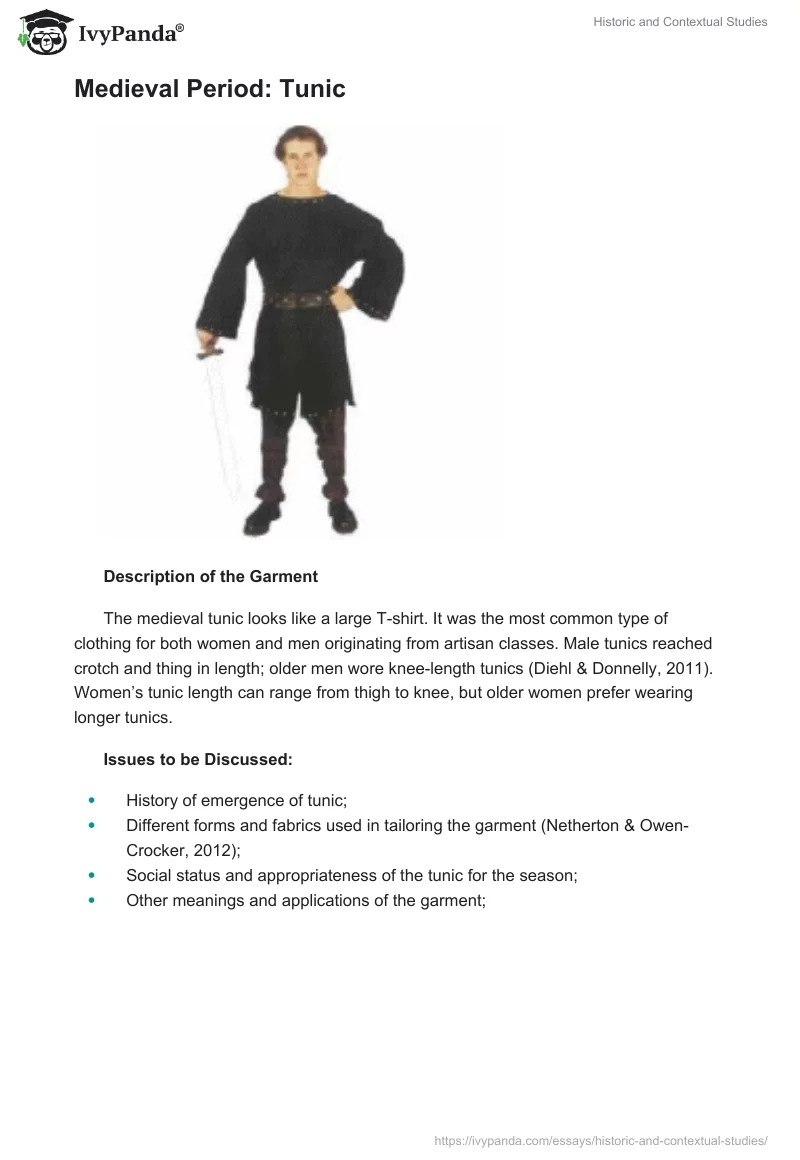Abstract
The medieval period focuses on interesting fashion trends in clothing. It is also connected with the social and political influences shaping the vision on clothing and its role in history. In the paper, two historic styles are discussed to define the role of medieval history and gothic style in understanding modern interpretation of the garment.
The revival of the historic styles is predetermined by its functionality, aestheticism, and occurring fashion trends. In particular, the revival of tunic as the garment for females is discovered by its functionality whereas the gothic dress is more connected to the upheaval of the romanticism.
In this respect, the paper is divided into two parts discussing the garment and explaining its modern interpretation and purpose. More importantly, it also highlights descriptions and historic context within which the clothing styles have been formed.
Medieval Period: Tunic
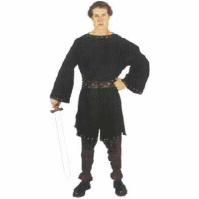
Description of the Garment
The medieval tunic looks like a large T-shirt. It was the most common type of clothing for both women and men originating from artisan classes. Male tunics reached crotch and thing in length; older men wore knee-length tunics (Diehl & Donnelly, 2011). Women’s tunic length can range from thigh to knee, but older women prefer wearing longer tunics.
Issues to be Discussed:
- History of emergence of tunic;
- Different forms and fabrics used in tailoring the garment (Netherton & Owen-Crocker, 2012);
- Social status and appropriateness of the tunic for the season;
- Other meanings and applications of the garment;
Modern Interpretation of Medieval Tunic
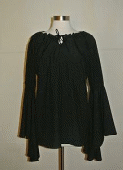
Description of the Garment
Although the garment does not have similar social and historic context, the tunic is popular in the fashion world, particularly among women. The changing context also refers to the style and fabric used for making this item. Despite the shifts in trends, women’s tunic can still have elements reminding of the medieval epoch. Specific attention should be given to loose sleeves and forms concealing the silhouette.
Issues to be Discussed
- Highlighting the differences between the medieval concept and context and the modern vision of the tunic;
- Discussing reasons and underpinnings for the revival of historical style;
- Impact of new fashion style: aestheticism vs. practical importance;
Gothic Dress for Women
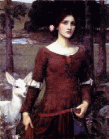
Description of the Garment
Despite the fact that the Gothic style is well distinguished from other historic styles, it contains eclectic elements (Taylor, 2004). In particular, it skillfully combines sensibility, beauty, and simplicity of the dress due to the employment of sumptuous fabrics, such as brocades and velvets. In addition, the gothic garment was usually presented in a black color pallet, which also introduces a specific meaning and style during this period.
Issues which need to be discussed:
- Gothic style as represented in various countries;
- Understanding the main concept of Gothic garments;
- Exploring the changing concepts from fifteen to seventeenth century;
Modern Interpretation of Gothic Dress

Description of the Garment
The influence of revival of historical style constitutes the main reason for the emergence of the gothic style at the modern time (Brill, 2004). However, unlike the historical gothic style, the modern waives are more concerned with aesthetics and the revival of the romantic movements (Spooner, 2004).
Issues to be discussed:
- Revolution and revival: exploring the shifts in fashion styles;
- Fashioning the self;
- The related concepts: style and politics of anti-conclusion.
References
Brill, D. (2008). Goth Culture: Gender, Sexuality, and Style. Germany: Berg.
Diehl, D., & Donnelly, M. P. (2011). Medieval Celebrations: Your Guide to Planning and Hosting Spectacular Feasts, Parties, Weddings, and Renaissance Fairs. US: Stackpole Books.
Netherton, R., & Owen-Crocker, G. R. (2012). Medieval Clothing and Textiles. US: Boydell Press.
Spooner, C. (2004). Fashioning Gothic Bodies. UK: Manchester University Press.
Taylor, L. (2004). Establishing Dress History. UK: Manchester University Press.

